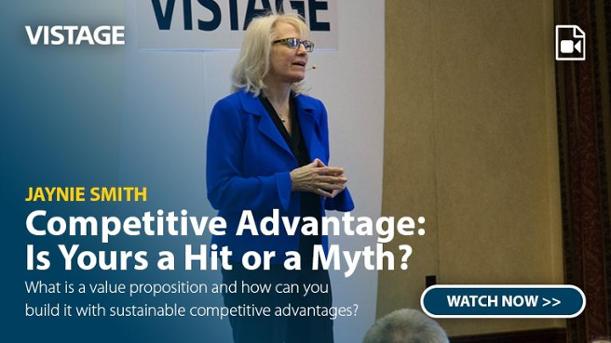
A. When it’s a product or service.
Ill-considered brand strategies are a lurking menace within businesses, creating harmful price pressure and customer confusion. Keeping brand and product separate and brand and business aligned is the key to success.
Understanding brand
A brand is “the impression of a product in the minds of potential users or consumers”.
It’s understandable, then, that when launching new products or services, businesses are often tempted to create a new brand for that offering. But this can defeat the point of building a brand in the first place.
A brand’s values justify its place in the market and price point. Consider medicine; Nurofen and Anadin are generic painkillers achieving premium prices thanks to the value offered by their respective brands.
For both product and service-led businesses, good brands add value to an offering – in turn driving up the price they can command in the marketplace. Muddying the water by launching a new brand with every new product line damages both brand and product, by preventing this codependent relationship.
The art of positioning
A brand is a concept; positioning is how a business defines itself for customers. In this way, positioning sorts the business wheat from the chaff.
A good marketer can describe both their brand and their product or service offering in a couple of words. If the words match – if the brand and offering are aligned – it’s a case of two plus two making five. Brand and product elevate each other.
But structure the brand-offering relationship poorly and two and two make three. Brand and product look inadequate on their own and contradict each other. For this reason, a Mini made by Rolls Royce wouldn’t benefit either Rolls Royce or Mini because the products and brands are not aligned. McDonalds claim to sell better quality coffee than Starbucks, but they don’t sell at Starbucks prices because their brand doesn’t allow them to do so. Instead, they emphasise their lower price, in line with the brand equity they’ve already created.
The same rule – that brand and product must be consistent – holds true in B2B. Messaging platform Slack offers three things its users need in a messaging service – simplicity, compatibility, and productivity – and wraps those up in simple value propositions. Slack is “where work happens.” Slack helps you “be less busy.” The platform’s user experience aligns perfectly with these values, being intuitive, straightforward and well integrated with other productivity tools. In turn, the Slack brand adds value to the Slack service offering.
There are times when it pays to keep brand and product unaligned, on a strictly strategic basis. Not many consumers have heard of William Grant & Sons, but will be familiar with the distillery’s Glenfiddich, Hendrick’s and Monkey Shoulder brands. By keeping their parent brand in the background, William Grant & Sons are able to reach demographics with varying levels of spending power. Airline group IAG employs the tactic with their consumer-facing brands, BA, Iberia and Aer Lingus. In this case, products are offered under distinct brands which themselves sit under ‘parent’ brands.
Whether it’s a product or service, in B2B or B2C, the basic brand calculation is the same. Prospects buy your offering based on what the offering does for them, plus what they know about your brand. This means one has to support the other. If the new product aligns with your current values, think twice before creating a new brand for your product.
Get the brand-offering relationship right, and you can charge more than before without making other changes to your product or service. That’s got to be worth it.
Enjoyed this article? Here’s another on branding, and why you need it.
| Article provided by The Marketing Centre, the number one provider of experienced part-time Marketing Directors to ambitious businesses. |  |
More from Vistage:

